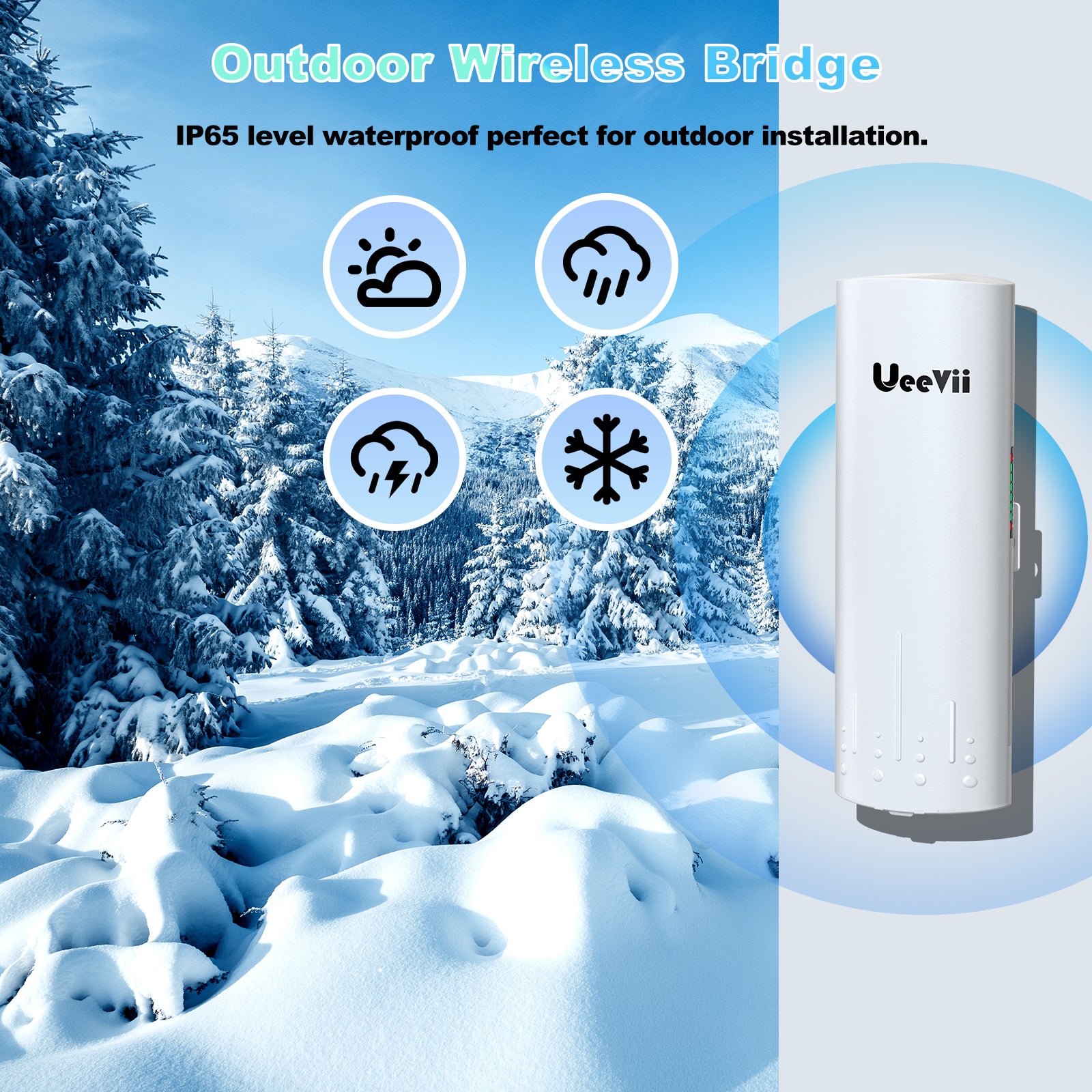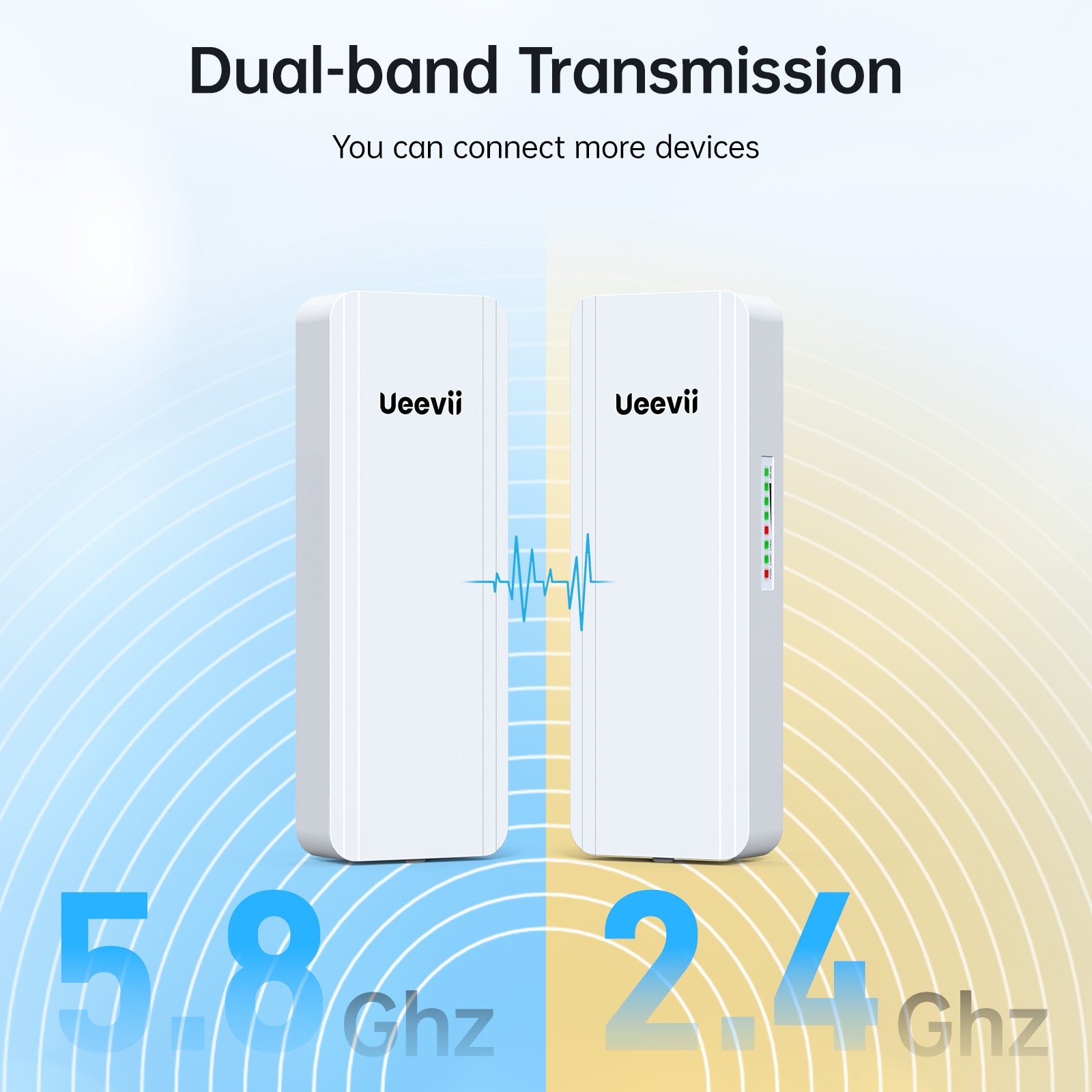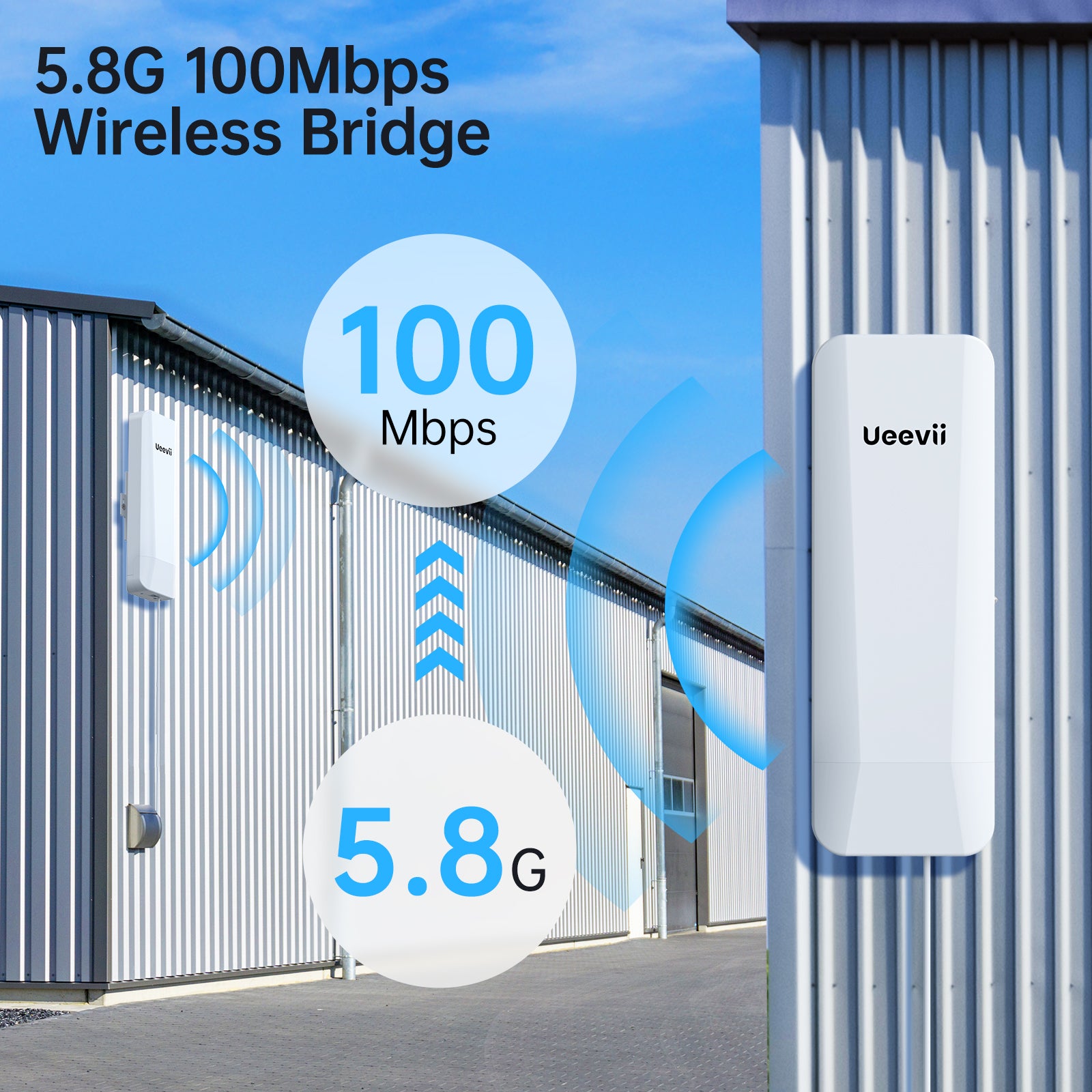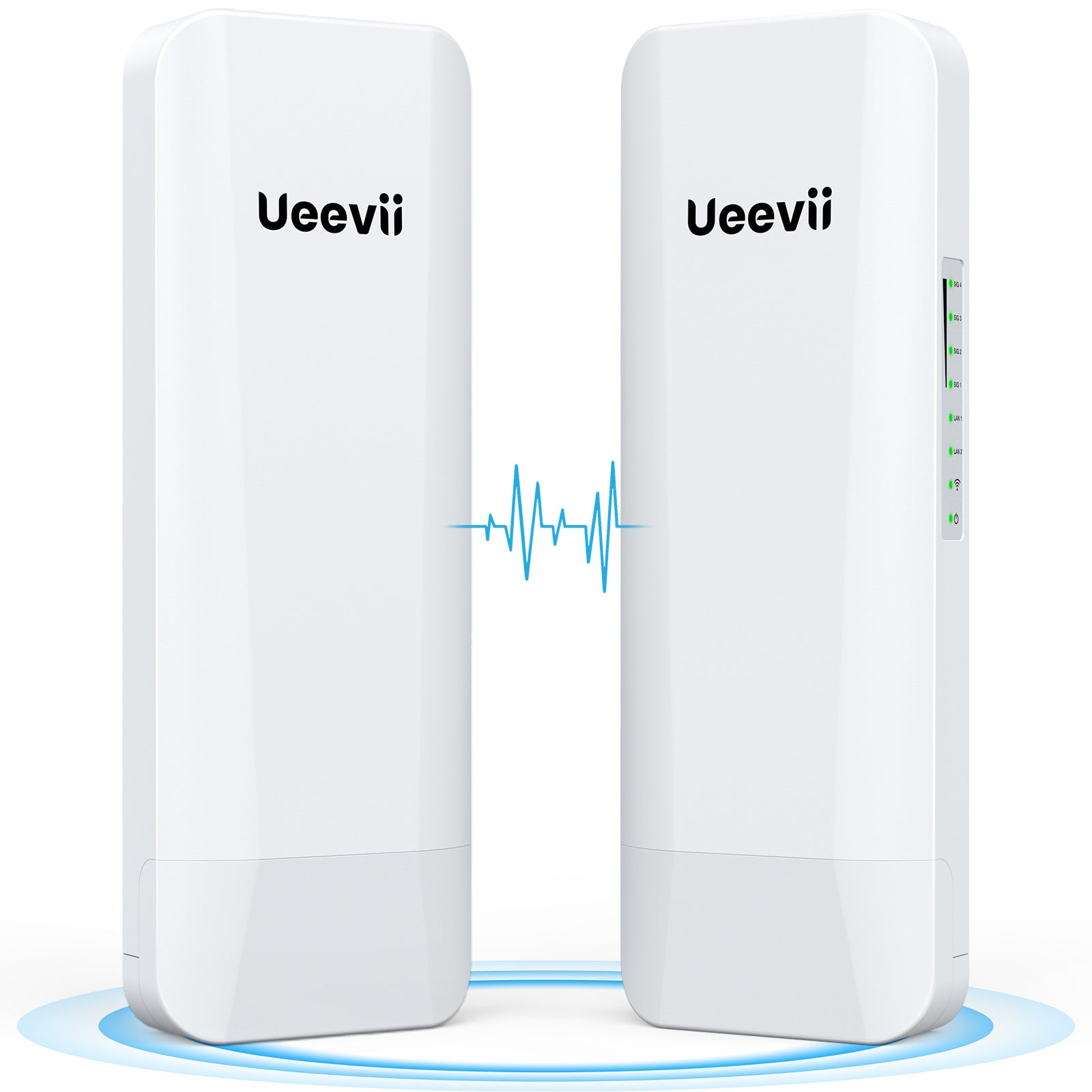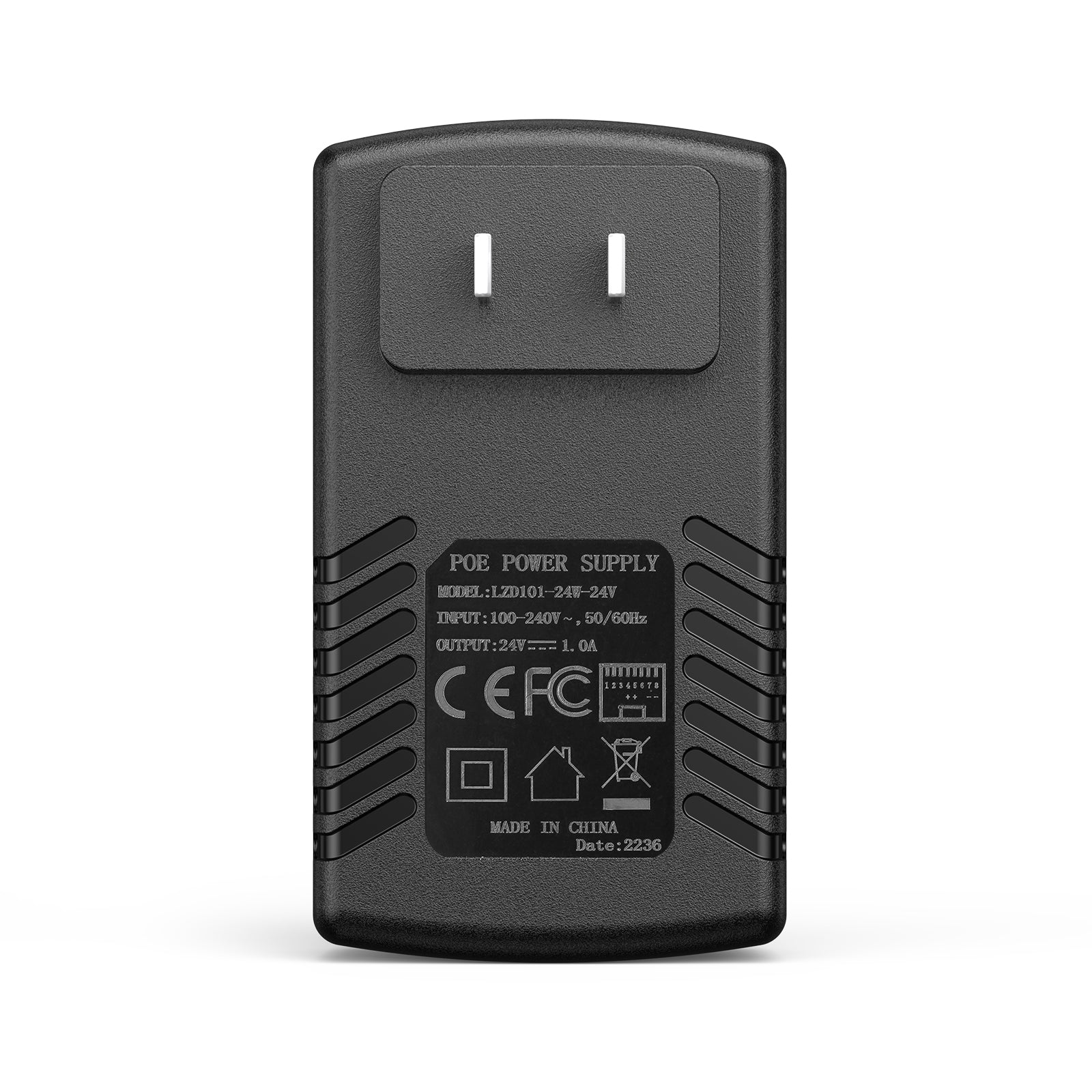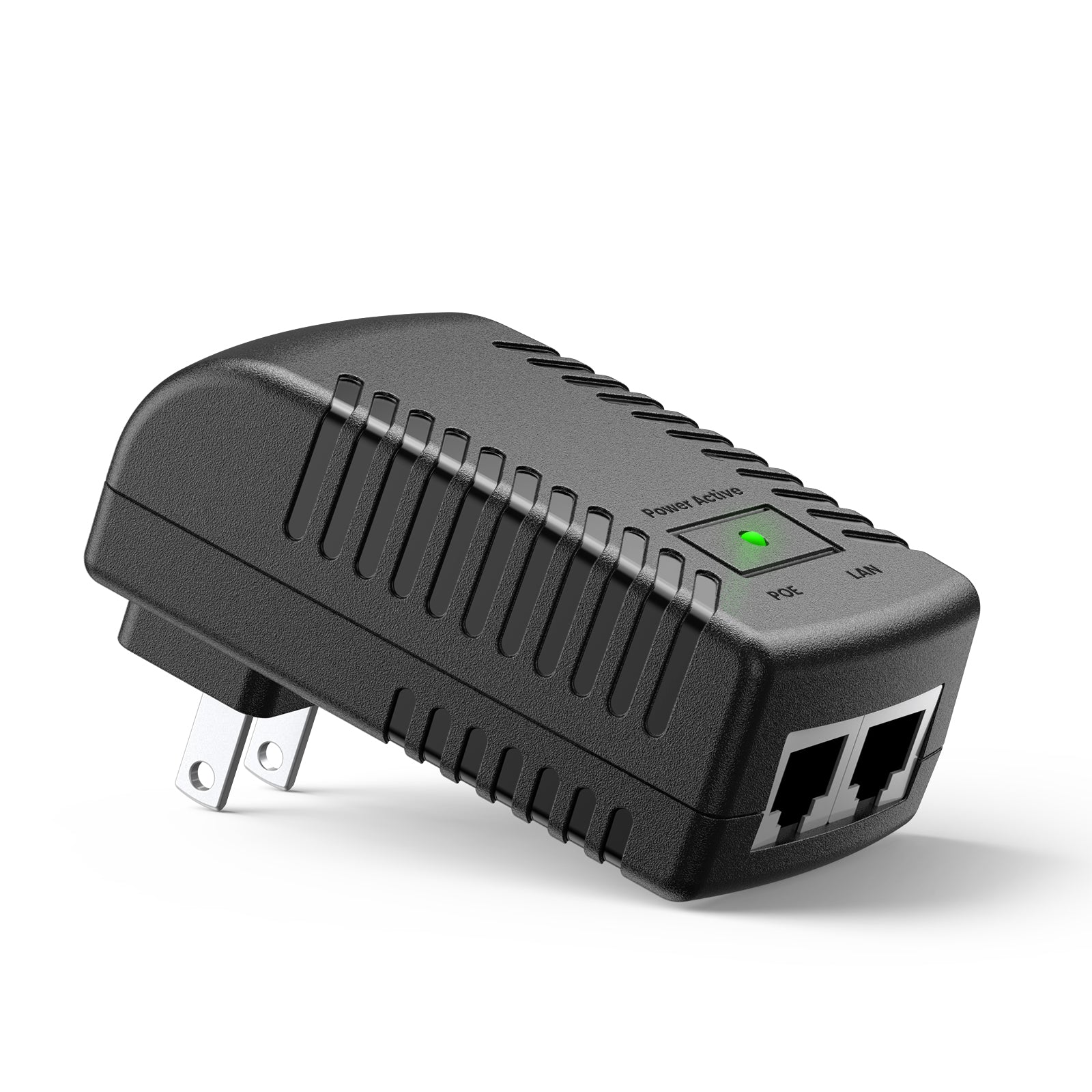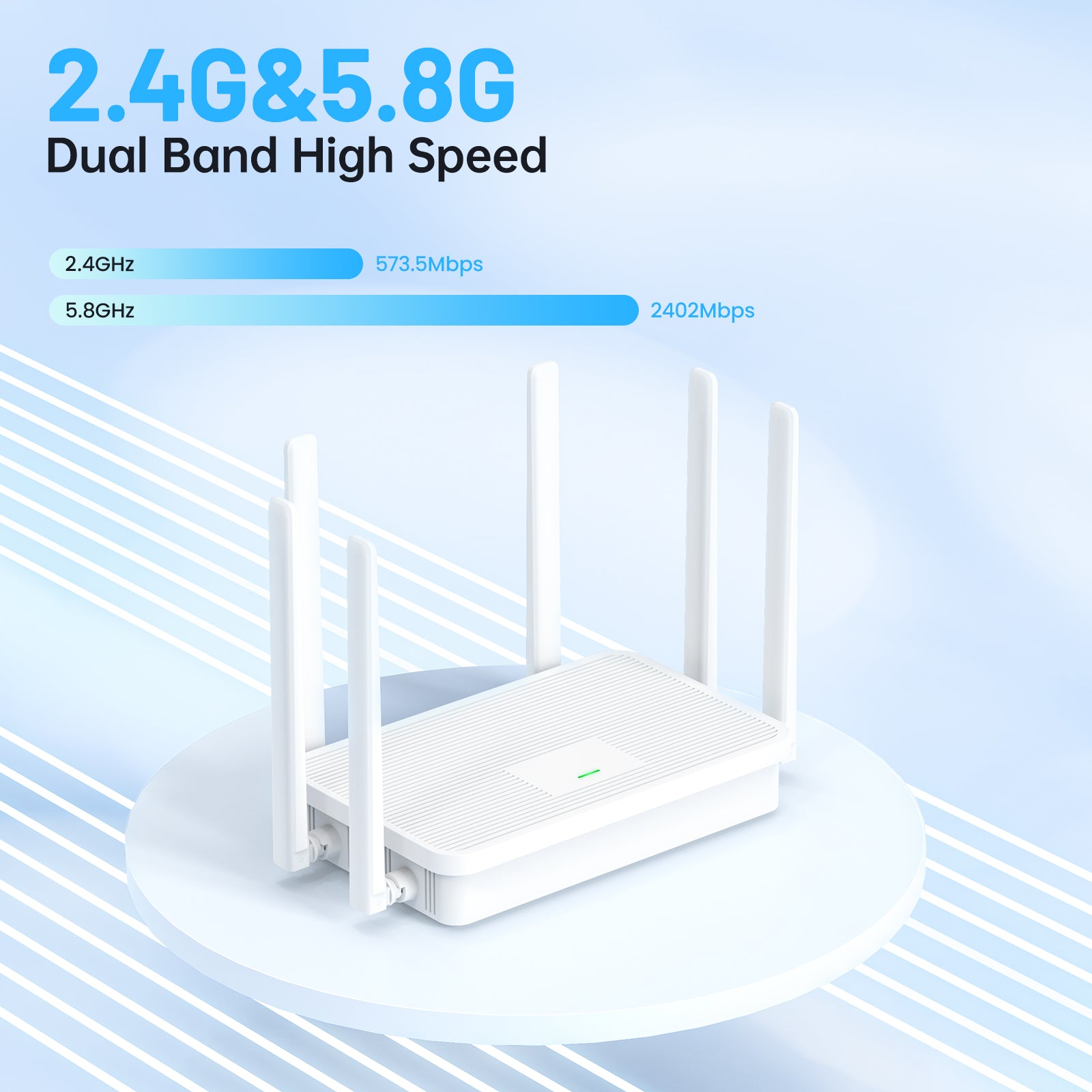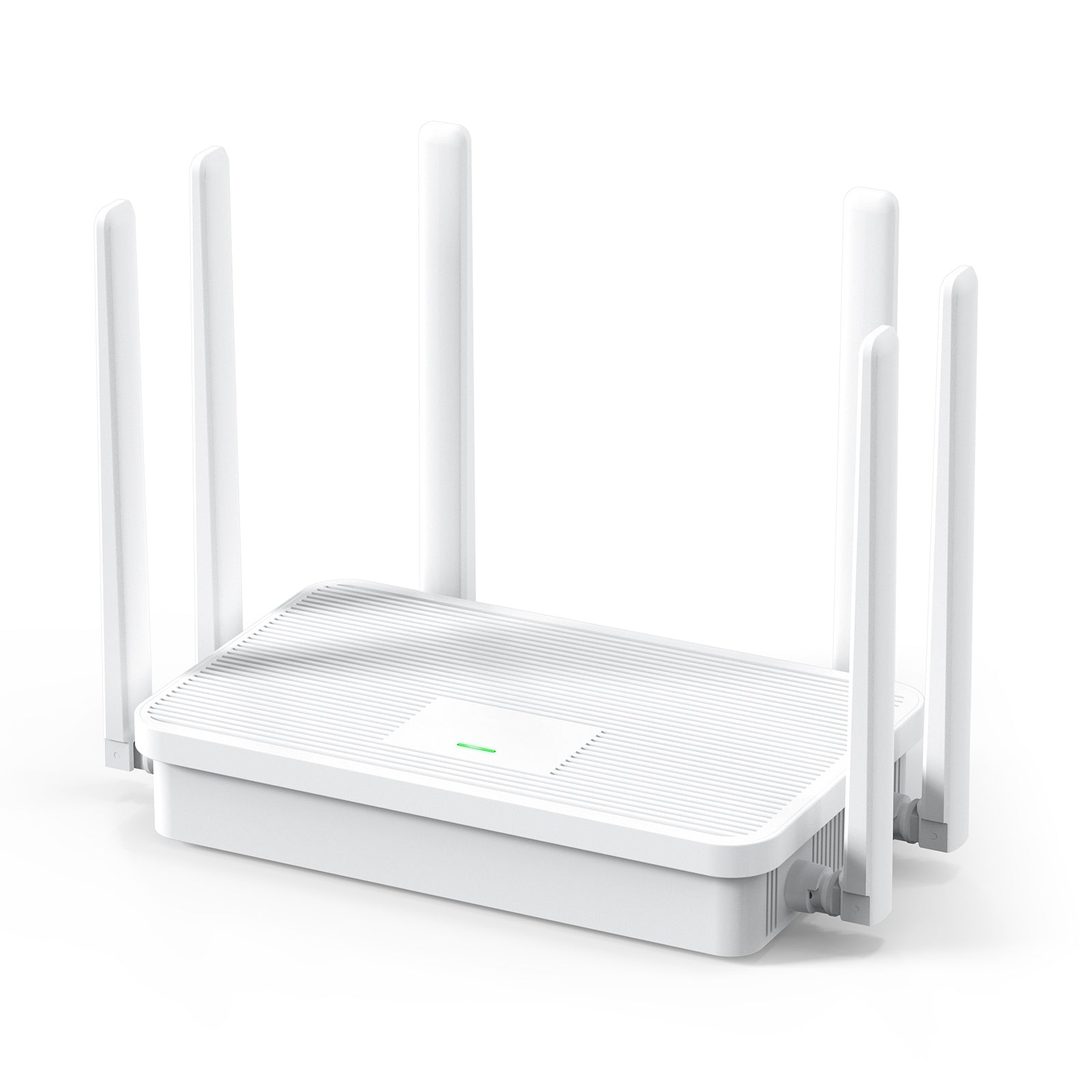Understanding Wireless Ethernet Bridges: A Supportive Guide for Network Administrators
The Basics of Wireless Ethernet Bridges
A wireless ethernet bridge links two networks using a radio link. It's like a virtual cable. These devices extend a network's reach where cables can't go. They're ideal for connecting separated buildings or areas. They send data over Wi-Fi or other wireless signals. You need two parts: a 'base' on your main network, and a 'remote' at the other end. Setup is simple, and it often means plug and play. These bridges bring your network together without the clutter of wires.

Key Benefits of Implementing Wireless Ethernet Solutions
Wireless Ethernet bridges can transform your network. They offer key benefits to any business. Let's look at why they are important:
- Enhanced Connectivity: Bridges link various network segments. This creates a seamless network over large areas.
- Cost Savings: They reduce the need for extensive cabling. This saves money on installation and maintenance.
- Ease of Deployment: Setting up is quick and simple. It allows flexible network expansion.
- Improved Network Performance: Data speeds often increase. The network becomes more reliable too.
- Scalability: As your business grows, so can your network. Bridges make upgrades easy.
Understanding these benefits is crucial. It can help you make the best choices for your network.
Navigating Common Challenges with Wireless Ethernet Bridges
Setting up wireless ethernet bridges can pose some issues. Network admins often face these hurdles:
- Interference: Other devices may disrupt the wireless signal.
- Range Limitations: The distance the signal can travel may fall short.
- Physical Obstacles: Walls and floors can weaken the connection.
- Security Concerns: Keeping data safe over wireless is key.
- Complex Configurations: It can take time to get settings right.
These challenges are common, but they can be managed. With the right tools and know-how, you can create a strong, reliable network. Keep your devices updated. Choose quality equipment. Secure your network. Plan for the space your network will cover. Get expert advice if needed. With these in mind, you can overcome these challenges.
Boosting Your Business with Wireless Ethernet Technology
Case Studies: Successful Integration of Wireless Ethernet Bridges
Wireless ethernet bridges have revolutionized how businesses operate. They provide crucial connectivity without the clutter of cables. They can extend networks across buildings or hard-to-reach areas. As more American enterprises embrace this tech, let's look at some case studies:
- A Retail Giant's Expansion: A national retail chain used wireless bridges to link new stores to their network quickly and efficiently.
- Manufacturing Floor Agility: A car manufacturer employed bridges for flexible assembly line communications.
- Enhanced Guest Experience in Hospitality: A hotel chain improved guest internet access by integrating wireless bridges throughout their properties.
These stories show how varied industries gain real benefits from wireless ethernet solutions.
Strategies for Maximizing ROI with Wireless Ethernet Solutions
To ensure businesses get the most from their wireless Ethernet technology investments, follow these key strategies. First, conduct a thorough network analysis. This helps to identify areas that will benefit most from wireless bridges. Second, invest in quality hardware from trusted brands. They offer better performance and support. Third, provide training for your staff on new systems. This boosts usage effectiveness. Fourth, regularly review and update your network setup. It ensures it maintains peak efficiency. Lastly, implement security protocols to protect data. This safeguards your network against threats.
Enhancing Productivity and Mobility in the Workplace
Wireless Ethernet bridges can transform your business workplace. They offer freedom to move around without losing connection. Workers can access data from anywhere in the office. This improves how teams share information. Also, it can boost how fast tasks get done. Such tech can help in fields like warehouses or large offices. It's simple to set up and use. And it keeps all data safe and secure. So, the productivity and flexibility of teams grow with wireless bridges.
The Future of Networking: Wireless Ethernet Bridges in the United States
Innovations and Trends in Wireless Ethernet Technology
The tech world is always moving fast. In the U.S., wireless Ethernet bridges are no exception. Look at the new features that make them smarter. Some use AI to manage network traffic better. Others now have stronger security to protect data. They are also getting faster with new wireless standards. Smaller businesses can now afford these advances. This makes their networks as good as big companies. Plus, they use less power, which cuts costs and helps the planet. A win-win for businesses and the world.
Adapting to Changing Regulations and Standards
In the US, businesses must stay ahead of network tech regulations. This means keeping up with the rules that govern wireless bridges. Standards for safety, frequency, and power change often. Firms must update their gear to match these standards. They also need to train staff on new protocols. This way, they avoid fines and keep their networks secure. Adapting is key for success in a wireless future.
Ensuring Compatibility with Current and Future Networking Systems
In the fast-paced world of technology, ensuring that wireless ethernet bridges work with both present and future networking systems is a must. To achieve this, consider these steps:
- Stay Informed: Keep up with the latest tech news. Networking standards often update, and staying ahead is key.
- Choose Wisely: When buying bridges, pick ones that support newer protocols. This future-proofs your network.
- Flexible Infrastructure: Design your network to be adaptable. Use equipment that can be updated with software.
- Vendor Support: Choose vendors that offer long-term support and updates for their products.
By following these steps, businesses in the United States can ensure their wireless bridges remain compatible. This is key for a sturdy, forward-looking network.




